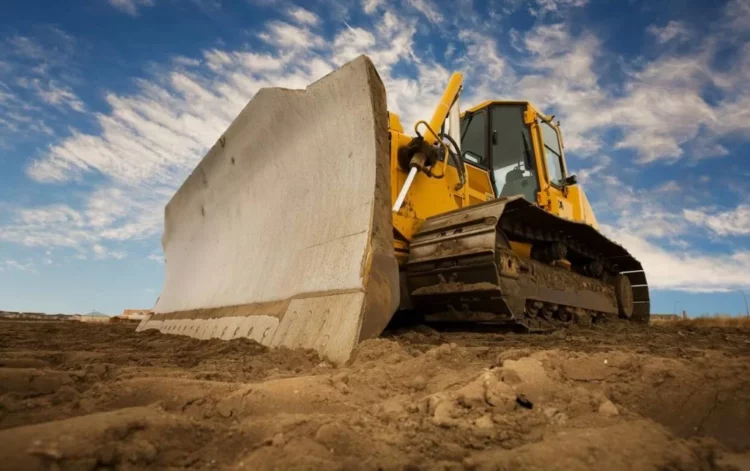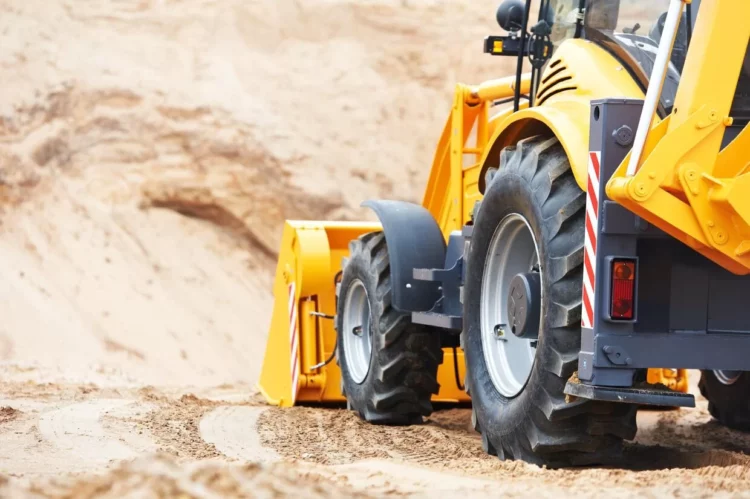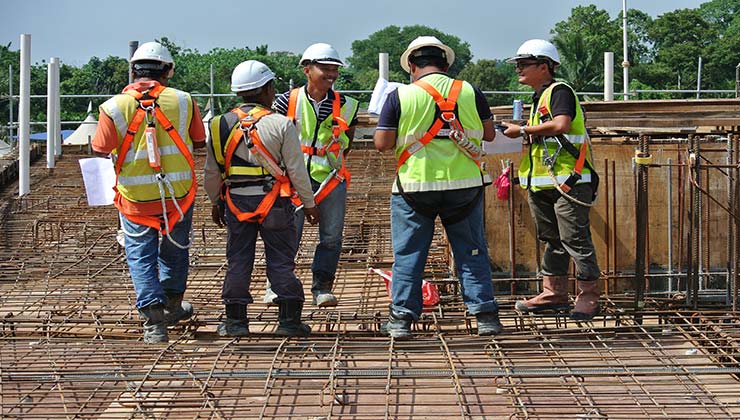Bulldozers make quick work of your excavating, leveling, and demolition tasks. They’re designed for performance and durability, especially when you’re working with equipment from reliable brands. What a bulldozer lacks in versatility, it makes up for in terms of power, as it can level most debris typically found in construction sites, mining operations, and other industrial uses.
Renting the best bulldozer for your operations means understanding the different parts of a bulldozer, its function, and how every aspect applies to your tasks. Here’s what you need to know about bulldozer parts in a unit and what you should look for when renting one.
What Is a Bulldozer?
Bulldozers are earthmoving equipment generally used for digging, excavating, leveling, and demolishing. While other equipment types are used for these tasks, bulldozers offer a wider reach and more power. This is why bulldozers are more commonly found in larger construction sites and large-scale operations. However, more miniature bulldozers are available to accommodate smaller operations or functions that require bulldozers to operate on the road.
There are different types of bulldozers available for various industries of all sizes. Factors such as your industry, project size, site terrain, bulldozer parts you need, and the materials you handle can affect the most functional unit.
We can classify bulldozer variations into three types: crawler bulldozers, your typical dozer with a heavy plate used to push objects and level the ground; compact bulldozers, which are smaller and offer better handling; and wheeled bulldozers, which provide better maneuvering on a smaller axis. Parts of a bulldozer can vary between these three.
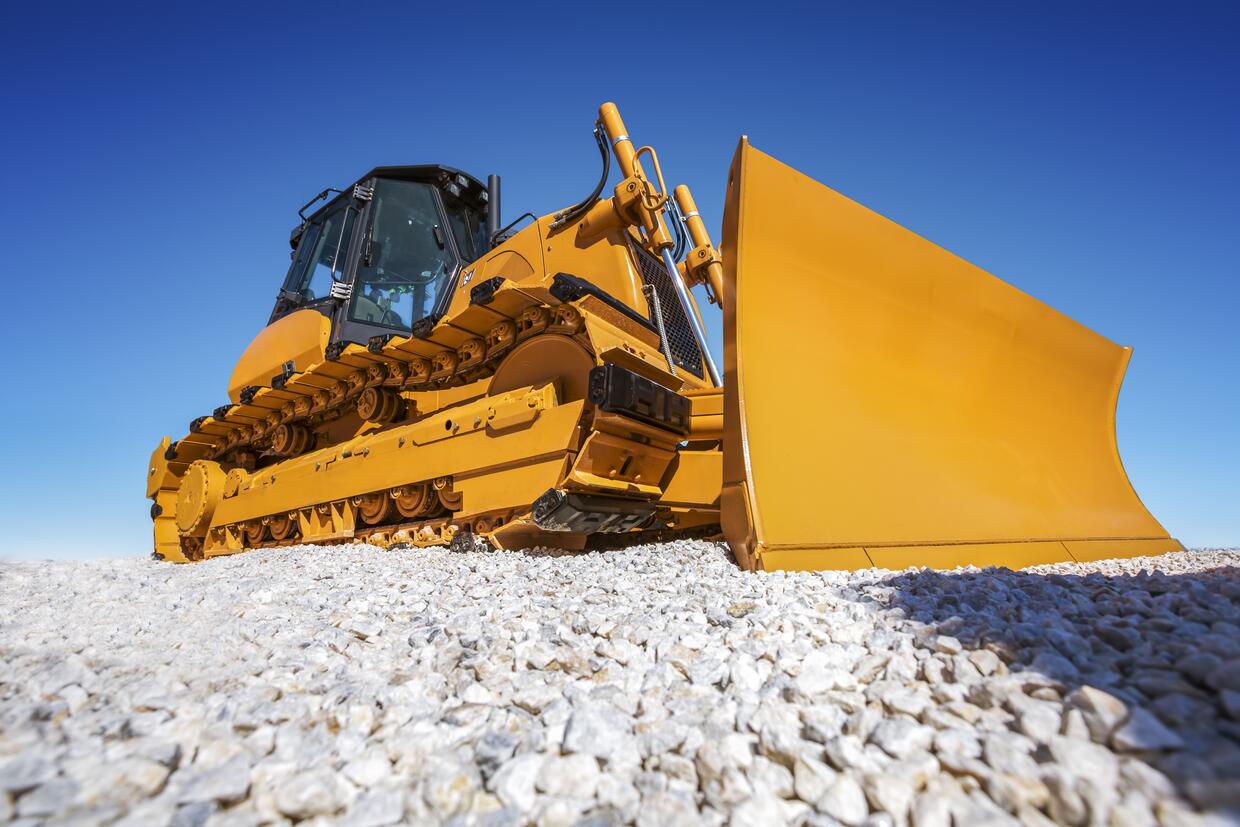
Bulldozer Parts Name, Functions, and Types
While there are some differences between units, most tend to have similar bulldozer parts. Here are the parts of a bulldozer to consider when choosing between models and types.
Blades
Blades are the more versatile parts of bulldozer units consisting of metal plates at the front. It’s attached to the push frame’s arms and is used for the unit’s primary functions. Multiple types of blades offer different uses, including:
- Straight Blade: The S blade has no side wings and attaches to the arm at its lower back corners. It’s best for stripping or evening land, grading, and backfilling but is ineffective for carrying because of its shape.
- Universal Blade: The curved blade paired with large side wings is ideal for moving debris, crowning, and hauling. It is the largest blade in height and width and connects to the lower back corners.
- Semi-Universal Blade: It has the S blade’s shape and the U-blade’s side wings, thus making it more versatile and robust despite its smaller size. It is also attached to the arm at its lower back. Best for pushing, crowning, stumping, and ditching.
- Angle Blade: The blade is attached to the unit at the center panel, allowing it to glide up to 30 degrees left or right. Since it has no side wings, it’s not ideal for carrying loads. However, it’s best for shaping and stripping soft to medium materials.
- Power-Angle-Tilt Blade: Like the angle blade, the PAT blade is connected to the center panel for a wide range of motion. Because of its versatile movement, it can be used for several tasks, including land clearing and backfilling.
Tracks or Tires
Bulldozers can have tracks or tires underneath the cab, which can affect your performance on any project site. Crawler dozers use tracks, making navigating your unit easier, especially on uneven or soft terrain. Tracks are for some uses as they provide better traction and weight distribution.
On the other hand, tires have fewer contact areas with the ground, which puts most of the weight on these points. Tires are also prone to punctures and wear and tear. However, they have some advantages, which is why tire bulldozers are popular for some projects and uses. They offer better maneuvering since tires can move on a smaller axis. They are also better for fragile ground or tiles prone to breakage.
Engine
While most bulldozers tend to have heavy-duty power compared to other units, their engines determine how much power you can expect from your machine. The smaller a unit, the smaller the engine, so a 190-259 HP bulldozer unit offers more in size and power compared to a 70 to 84 HP bulldozer. Engines can be found at the front of the cab.
Cab
This is where the operator sits and operates the machine. Depending on the bulldozer brand, a cab can have additional features that improve the operator’s comfort and safety, such as soundproofing and impact absorbers.
Ripper
Rippers are claw attachments found at the back of the bulldozer. These are used to break up land, making it easier for your operations if the next step is to dig or excavate the leveled ground. Industries such as farming, mining, and other underground uses may require rippers attached to their units.
Push Frames
Push frames are the arms that attach the blade to the cab. These bulldozer parts are responsible for controlling and moving the blade. Depending on which part of the blade is attached to the frame, it’s possible to angle the blade in one or more directions.
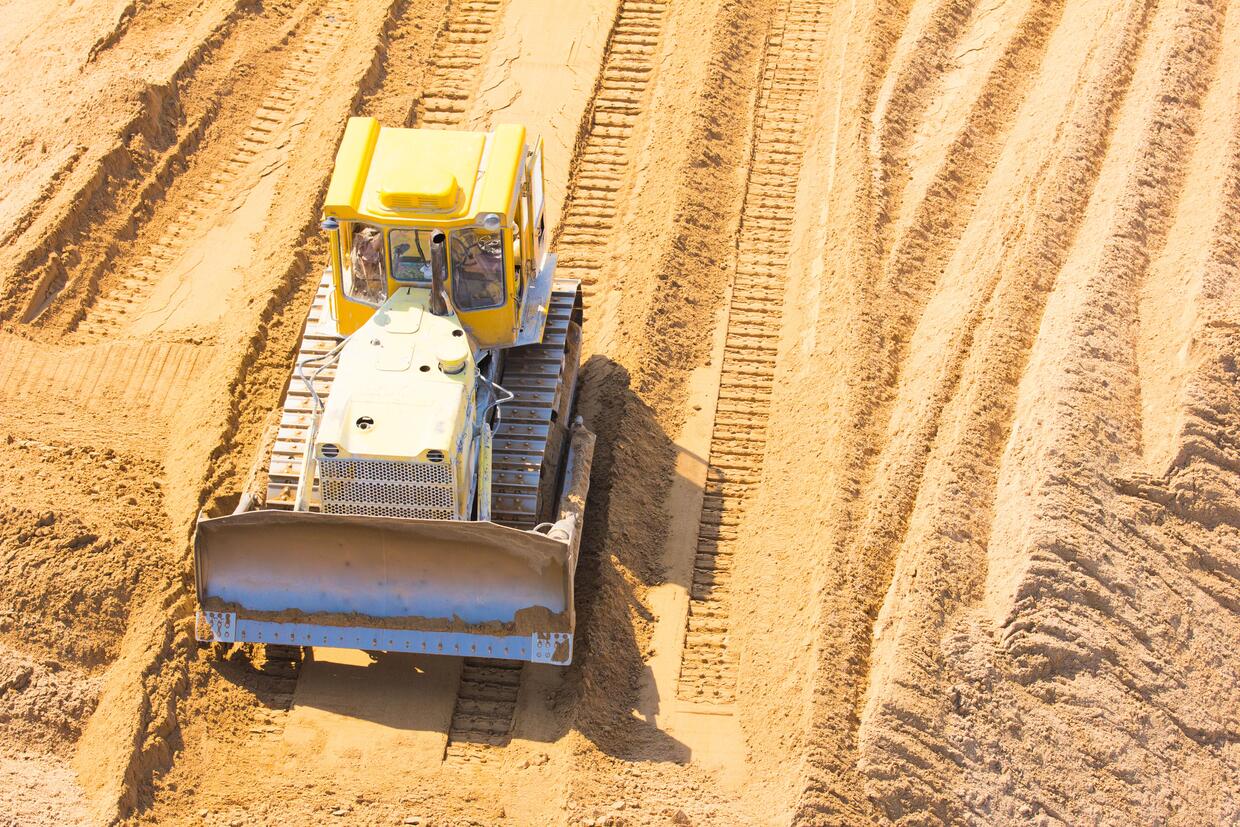
Find the Right Bulldozing Equipment at National Dispatching
Bulldozers can make your operations more efficient, especially when it comes to excavation, leveling, backfilling, digging, and more. Before you rent your equipment, though, knowing the correct parts of bulldozer units and which ones you need can ensure you’re maximizing the value of your equipment.
At National Dispatching, we provide local project sites and industries with the heavy-duty equipment they need. From the smaller dozer crawlers required in small to medium-sized operations to the larger bulldozers needed in construction sites, we’re happy to guide you to the practical model your project needs.
Browse our available dozer units today, or get in touch with our team for more information.

